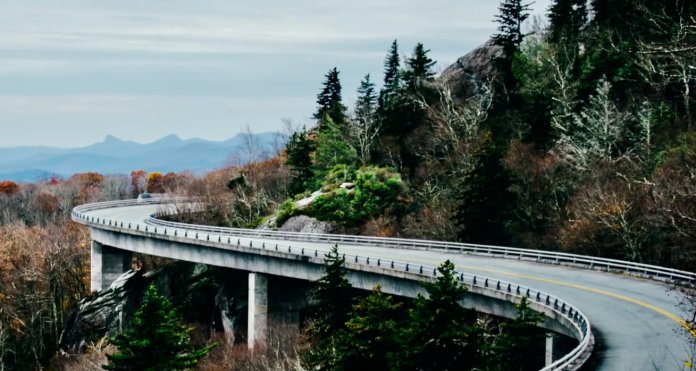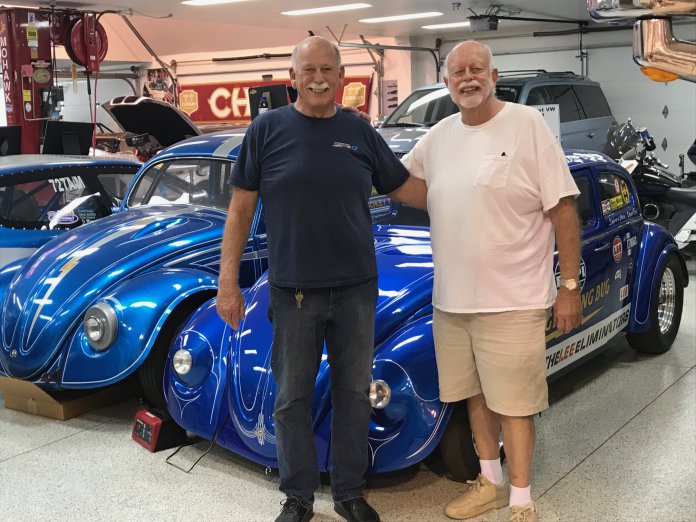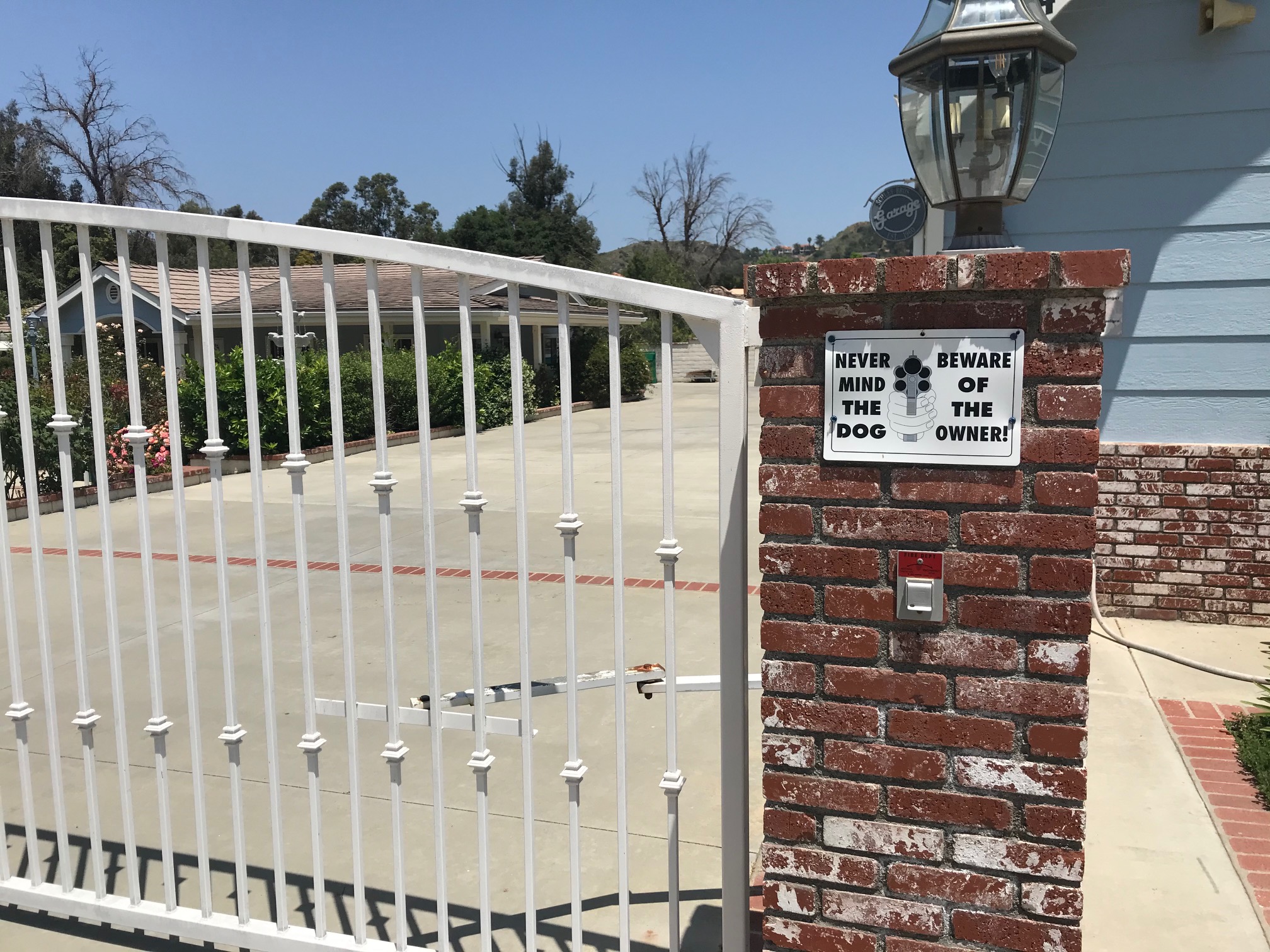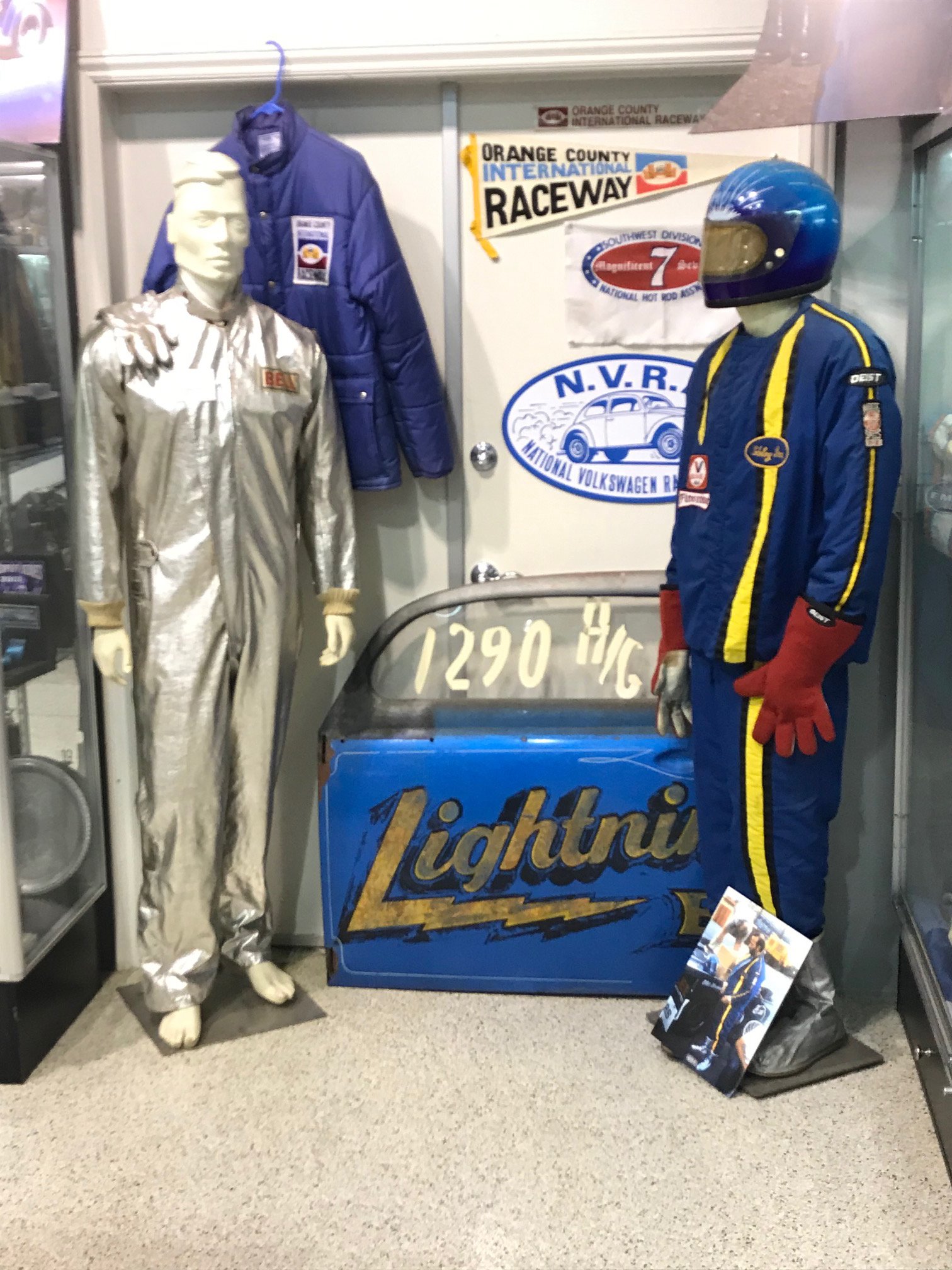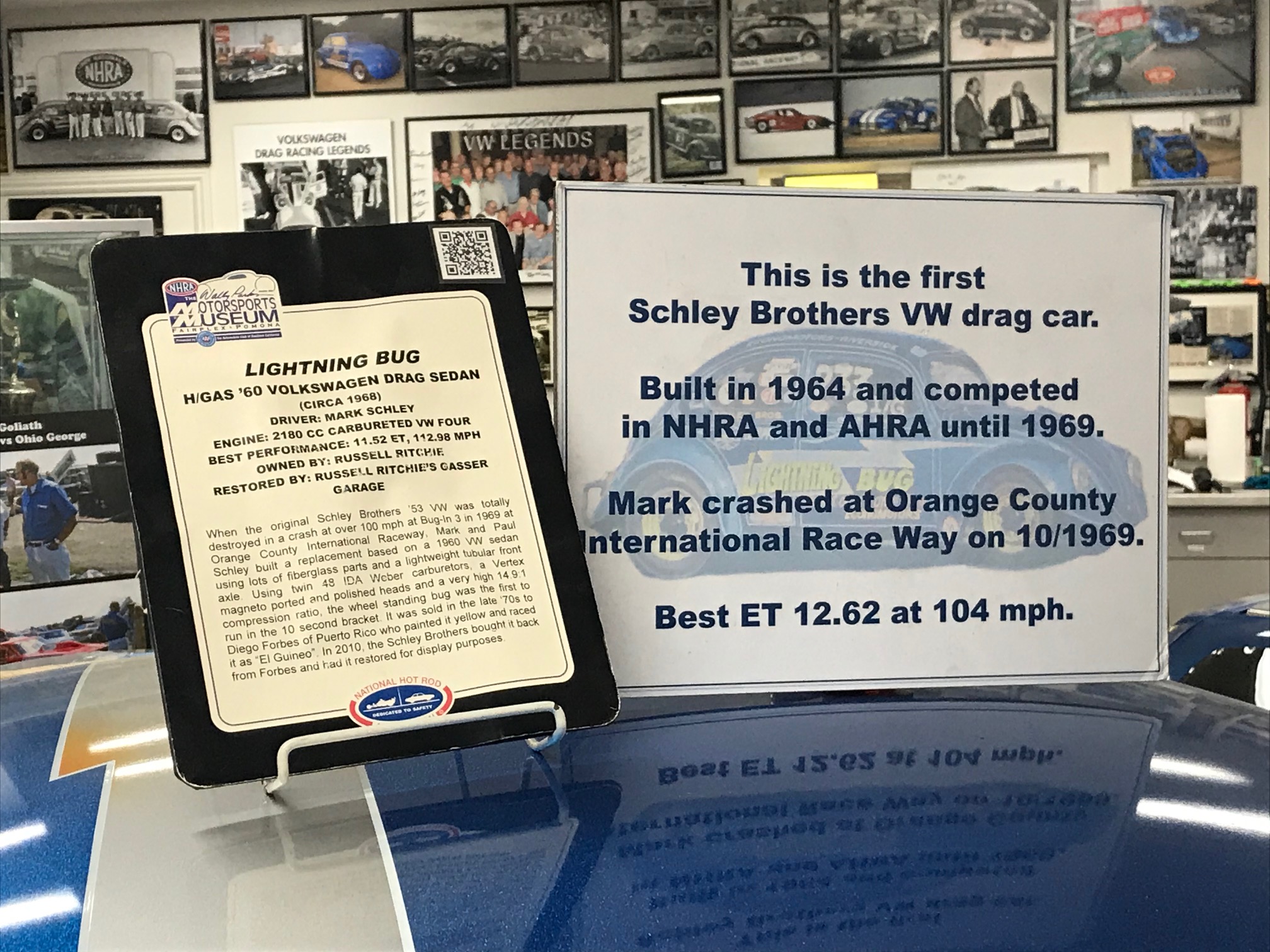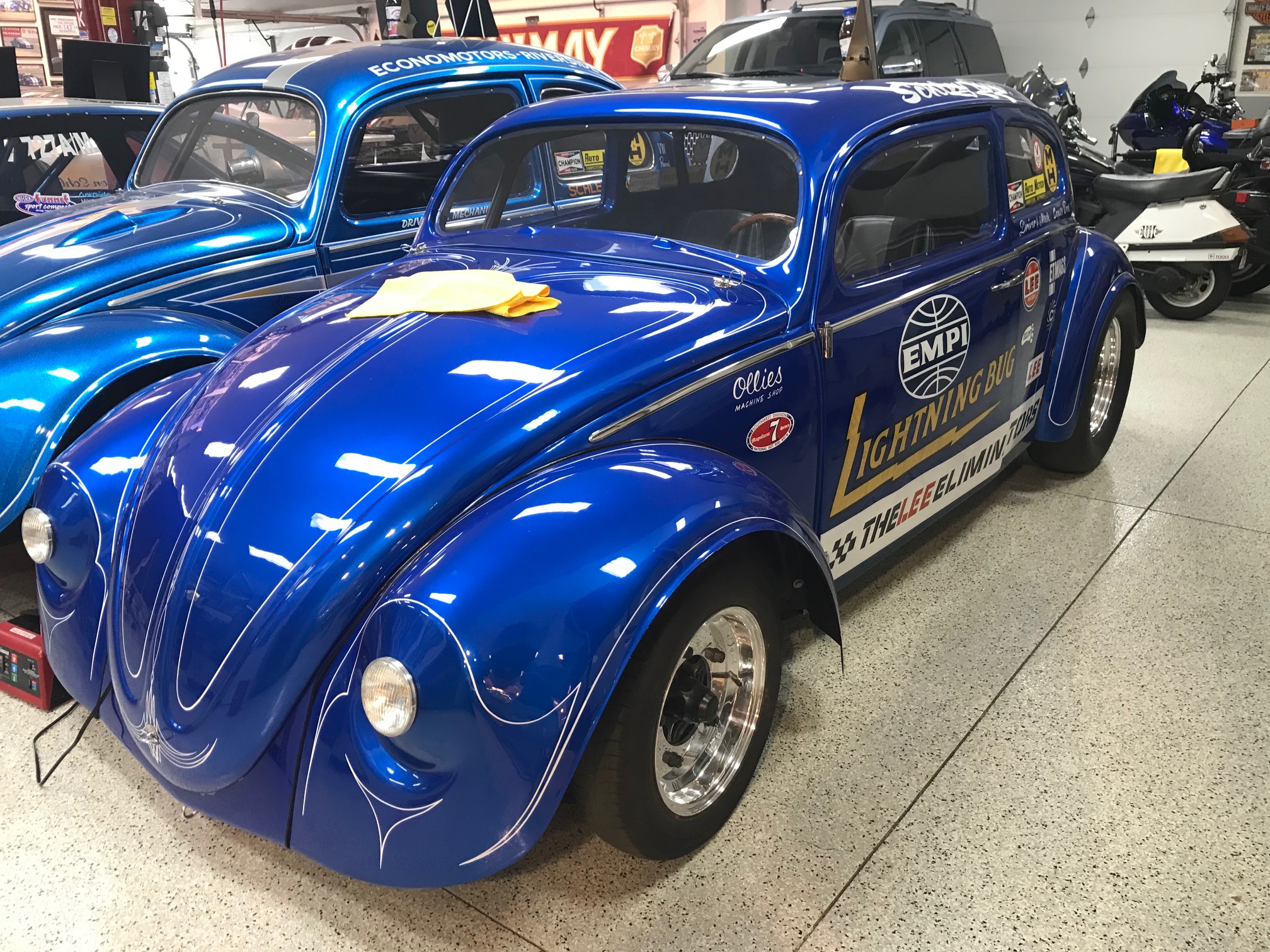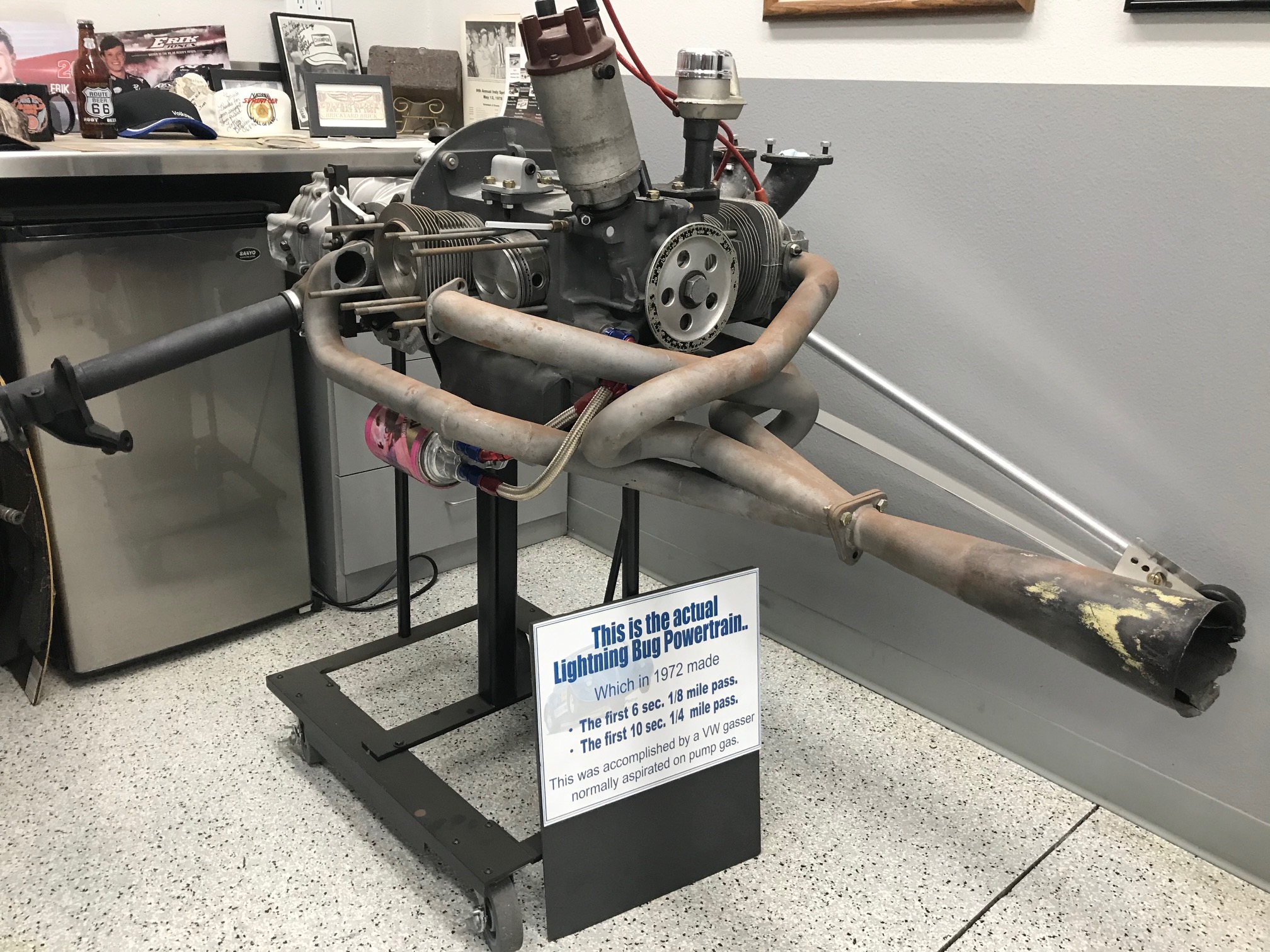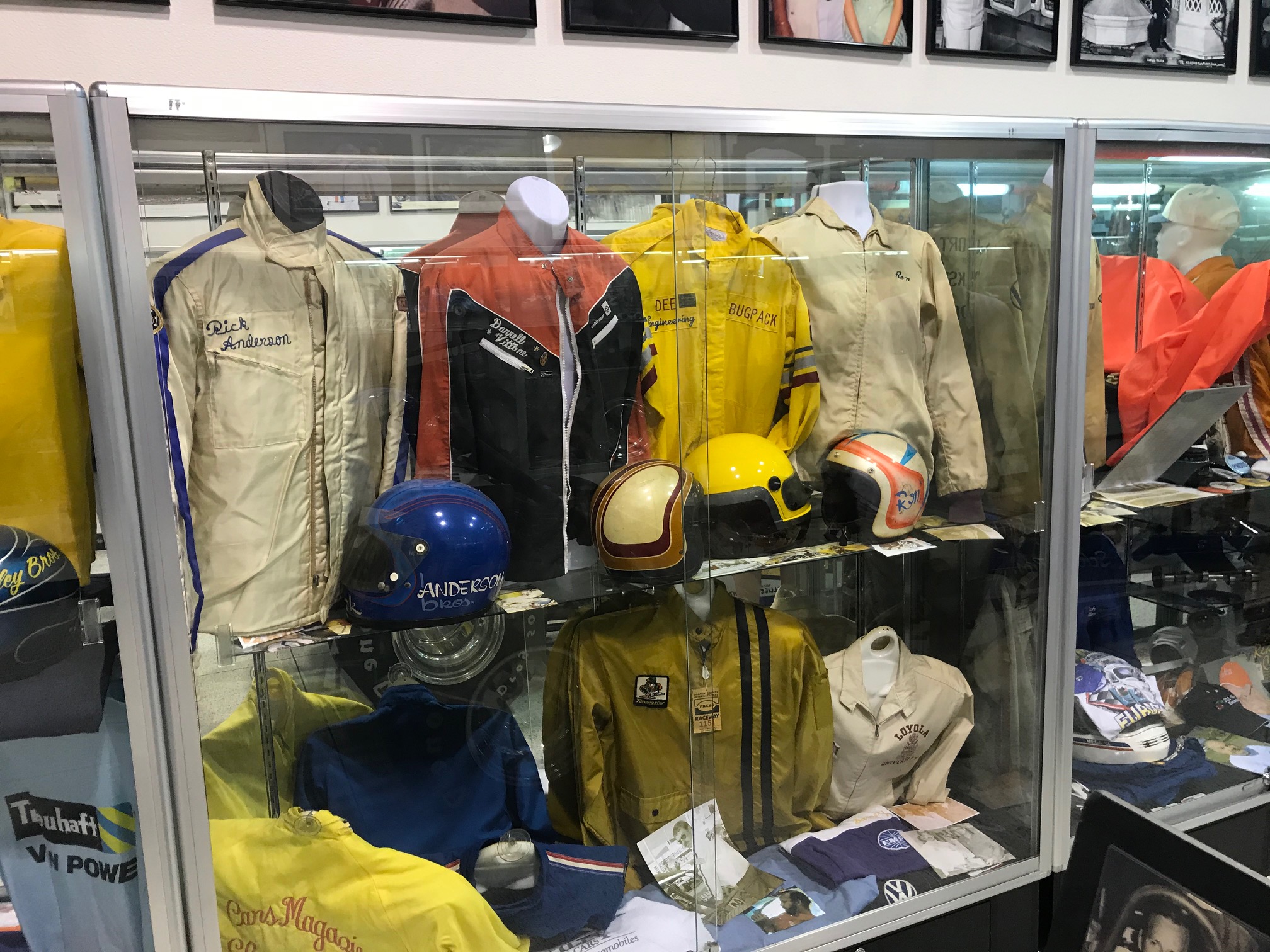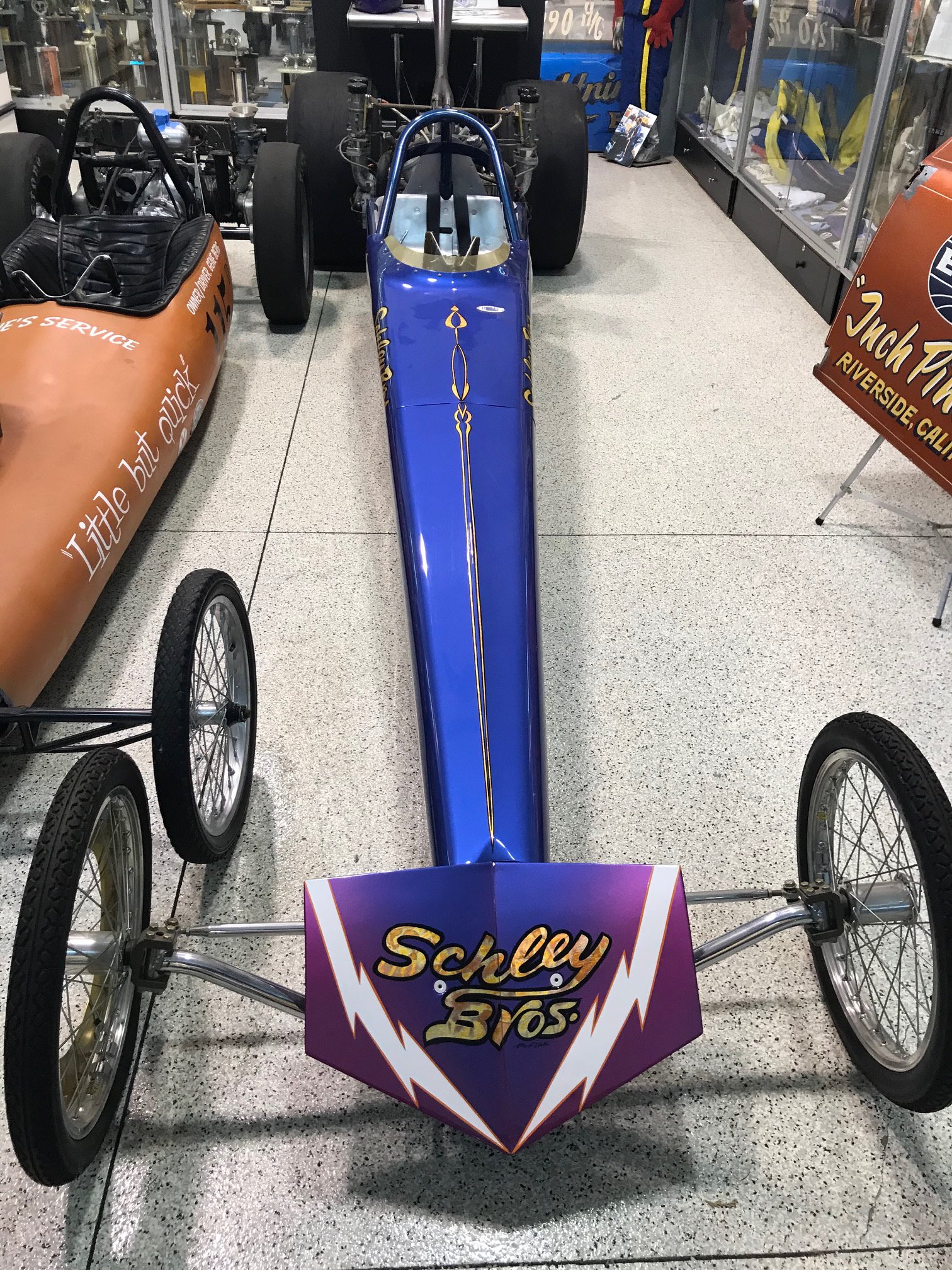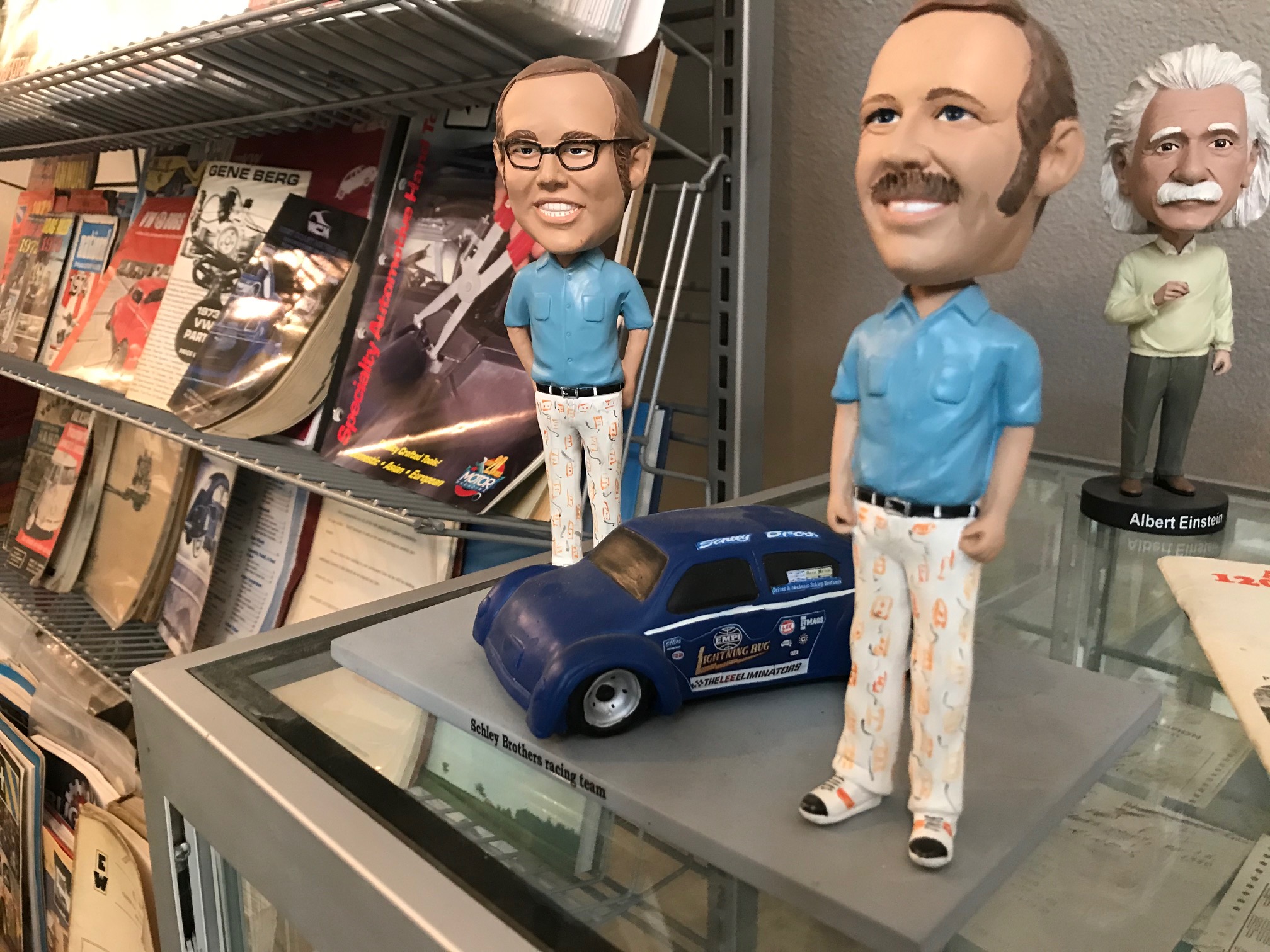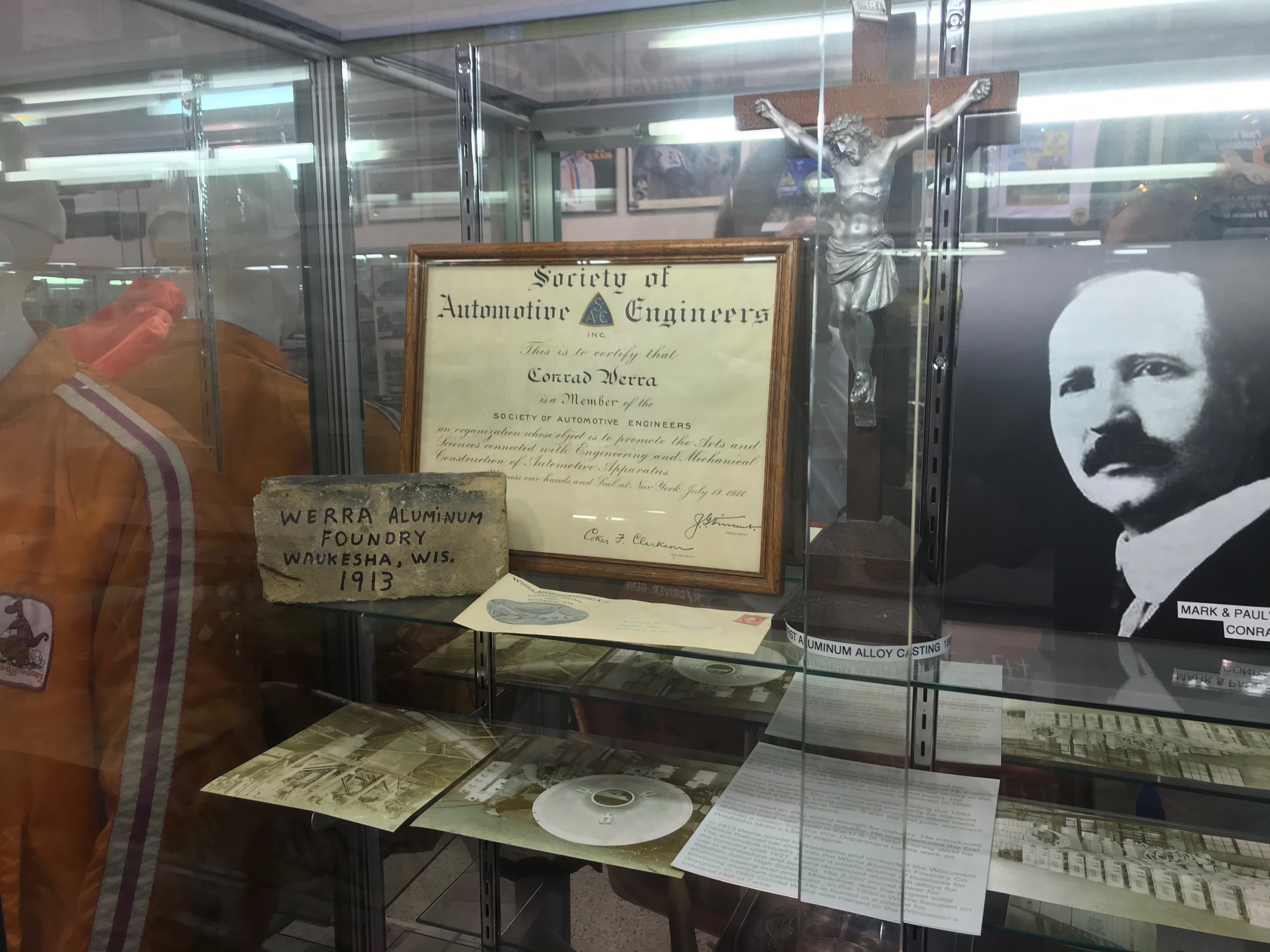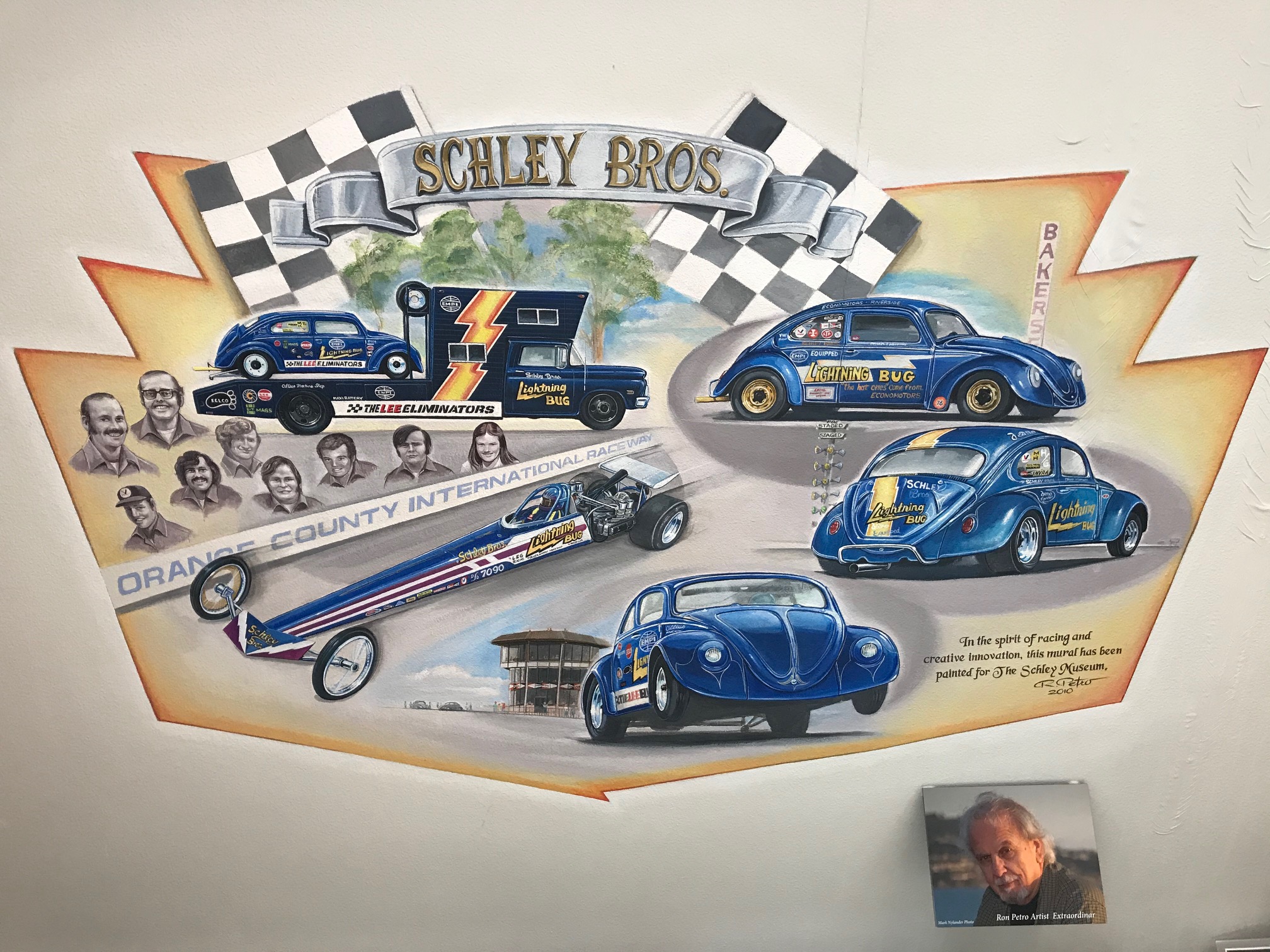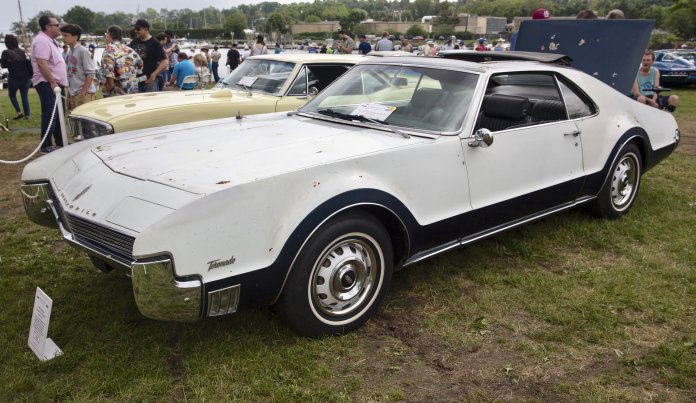

Racer-turned-auto safety advocate John Fitch put his spin on several cars, including the Olds Toronado | Mr.choppers photo
Back by popular demand, another installment in our series on car companies with unusual names that we found while paging through the nearly 1,800 pages of The Beaulieu Encyclopedia of the Automobile.
Actually, this is the third in the series. The first installment was on car companies that shared their names with sports. The second covered car companies from Affordable to Black.
Here’s the next segment of the alphabet:
Blood — Brothers Maurice and Charles Blood badged their cars, built in Kalamazoo, as “Michigan” models rather than using their family’s name. However, after a falling out in 1905 with their business partners, the Fuller brothers, the Bloods did label their final touring cars with the Blood badge.
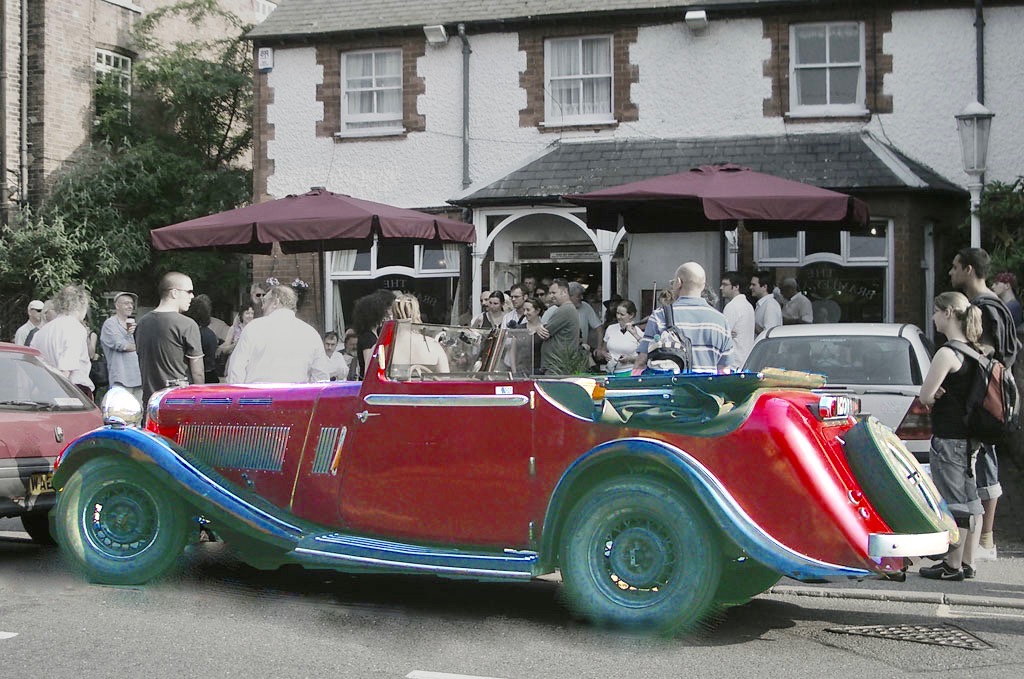
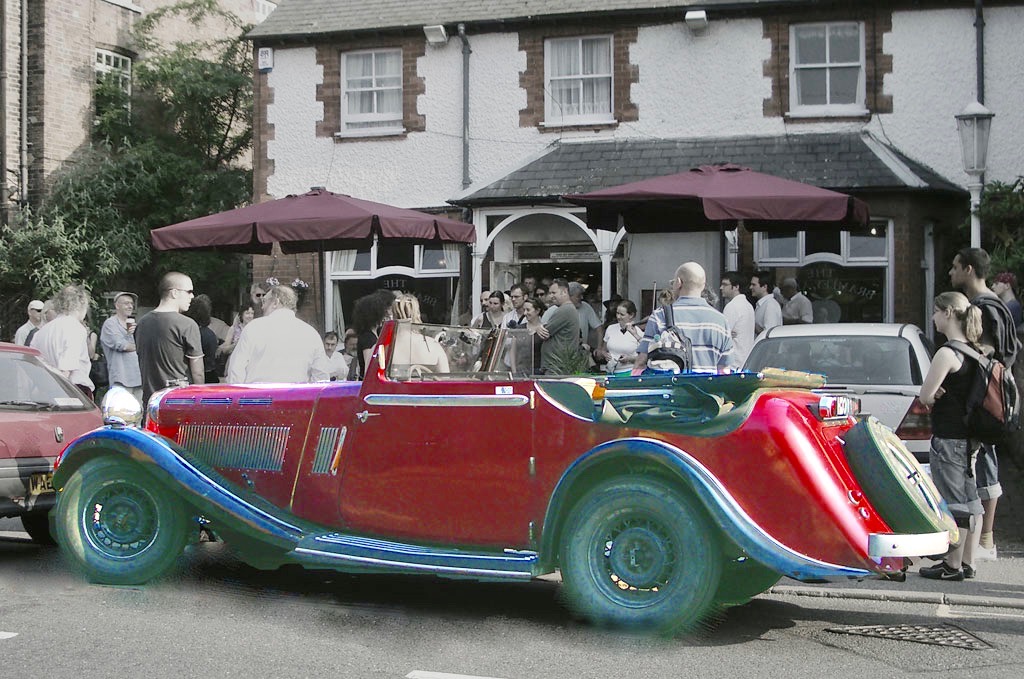 Brough Superior also produced cars. This is one of them
Brough Superior also produced cars. This is one of them
Brough Superior — Though famous for its motorcycles, which are cherished by collectors, Brough Superior of Nottingham, England, also produced some 4-wheeled machines in the late 1930s. Its cars used Hudson 6- and 8-cylinder engines, though in 1938 it produced one example of the Brough XII with a Lincoln V12.
California — Since 1900, 10 companies have used the name California, including California Ace and Californian Six.
Chicago — There have been 5 Chicago and 1 Chicagoan automakers since 1895, starting with the Chicago Motor Vehicle Co., which entered one of its motorcars in the 1895 Chicago Times-Herald Race, which is recognized as the first auto race in the United States.
RELATED: Kaiser helped win the war, but couldn’t defeat Detroit
Classic — Since this website is part of ClassicCars.com, we have to mention the following automakers: Classic Automotive (both of them), Classic Cars of Coventry, Classic Coachcraft, Classic Connection, Classic English Racing, Classic Factory, Classic Glass, Classic Illusions, Classic Images, Classic International, Classic Motor Carriages, Classic Motors, Classic Replicars, Classic Replicas, Classis Reproductions, Classic Roadsters, Classic Sports Cars — again, there were two separate companies — and Contemporary Classics.
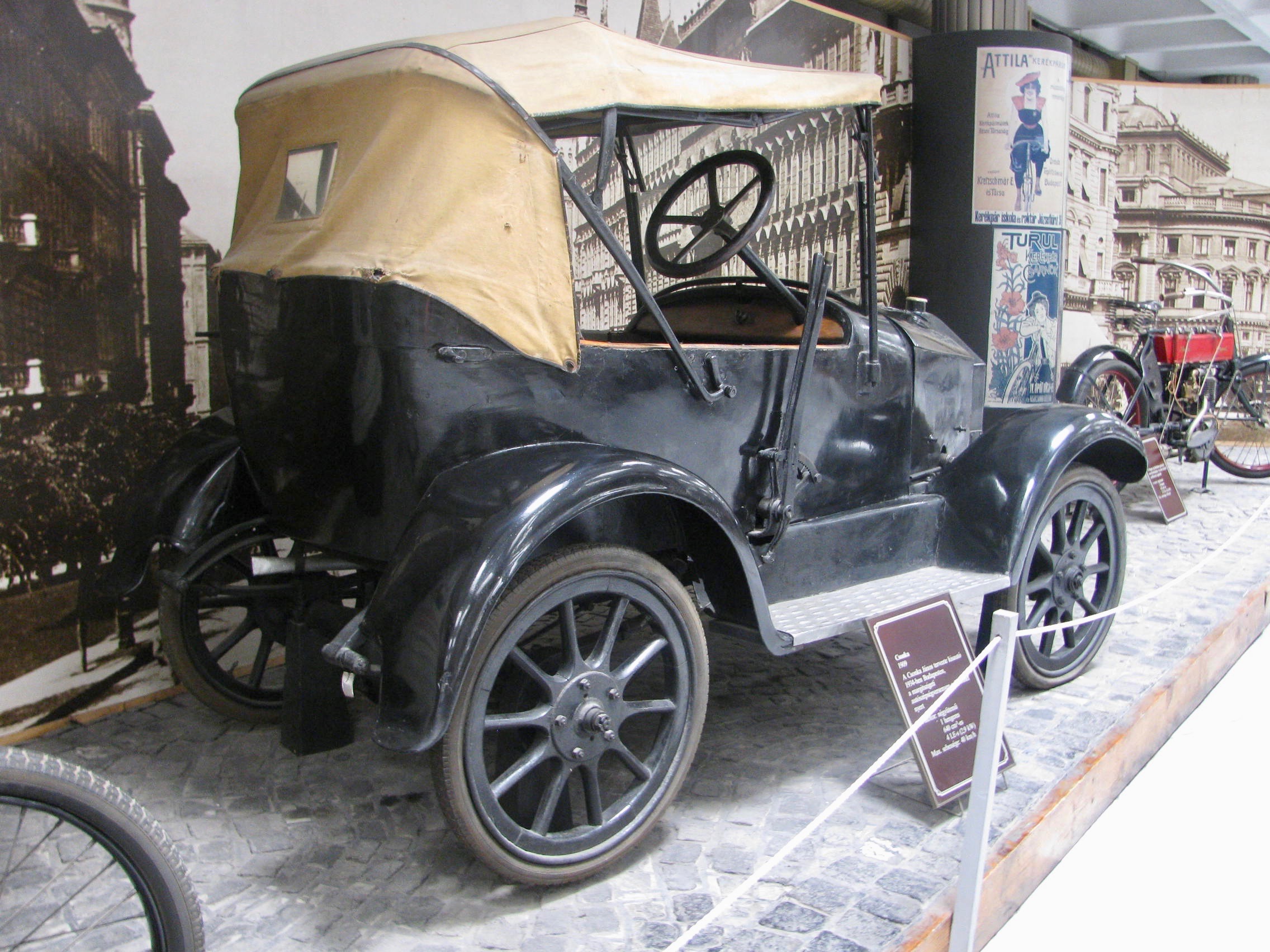
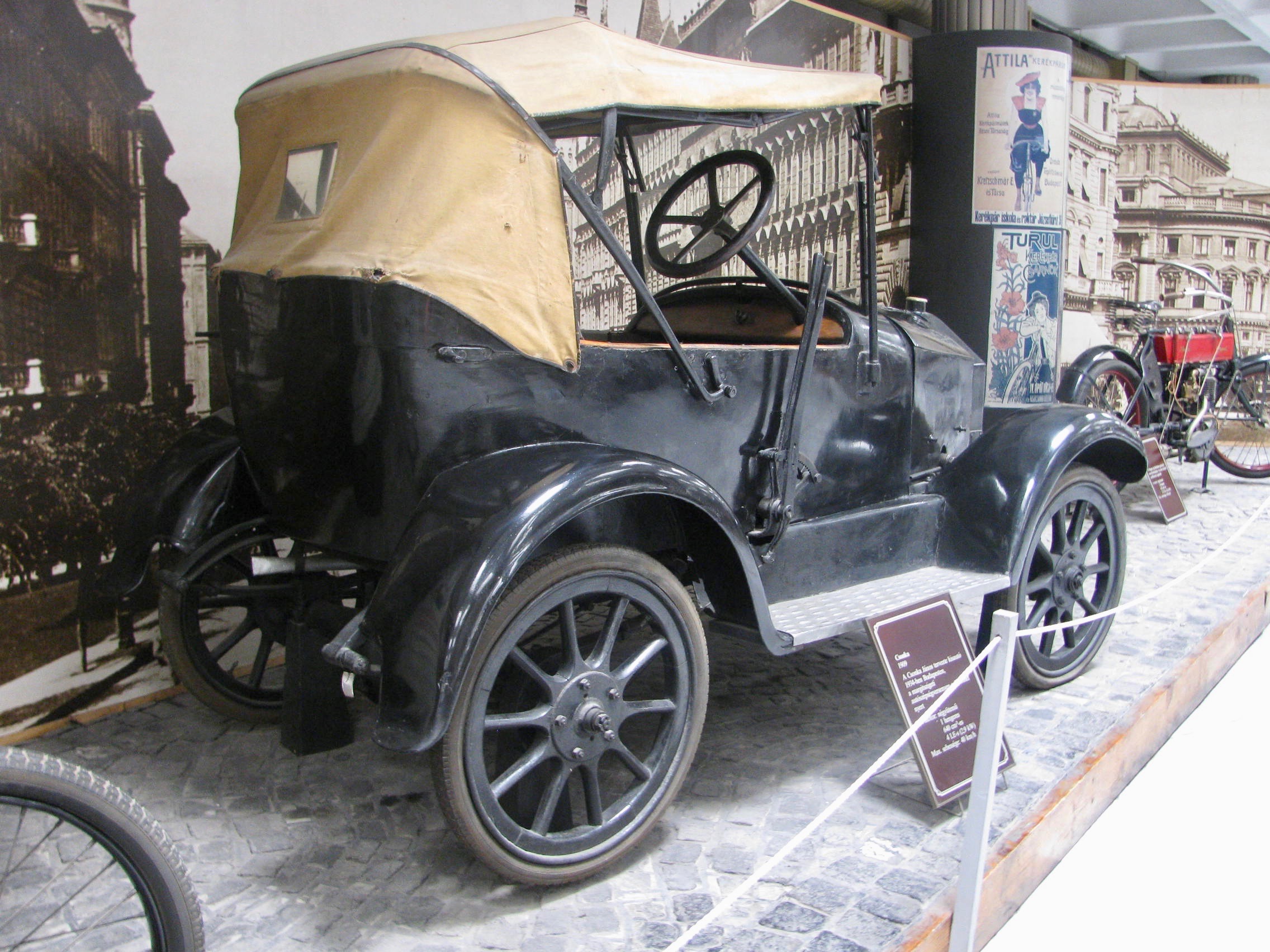 Janos Csonka was an auto producer in Budapest from 1899-1912 | Gwalton photo
Janos Csonka was an auto producer in Budapest from 1899-1912 | Gwalton photo
Csonka — No, not the fullback on the famed and undefeated Miami Dolphins pro football team, but Janos Csonka put his name on a car company in Budapest from 1899-1912.
Deere (yes, as in John Deere) — In 1906 and 1907, farm implement producer John Deere partnered with former Blackhawk automaker W.E. Clark to produce around 200 cars sold under the Deere brand. In 1917, Deere’s grandson, launched his own car company with plans to produce 1,000 vehicles.
Detroit — They don’t call it the Motor City for nothing. Detroit (or Detroiter) has been the name of 10 car companies, the first one founded in 1899 by one Henry Ford, who in 1902 was replaced at the helm by Henry Leland, who later would found Cadillac. Ford eventually returned with a company bearing his own name.
RELATED: Minnesota’s 47th ‘Back to the Fifties’ show will wait until 2021
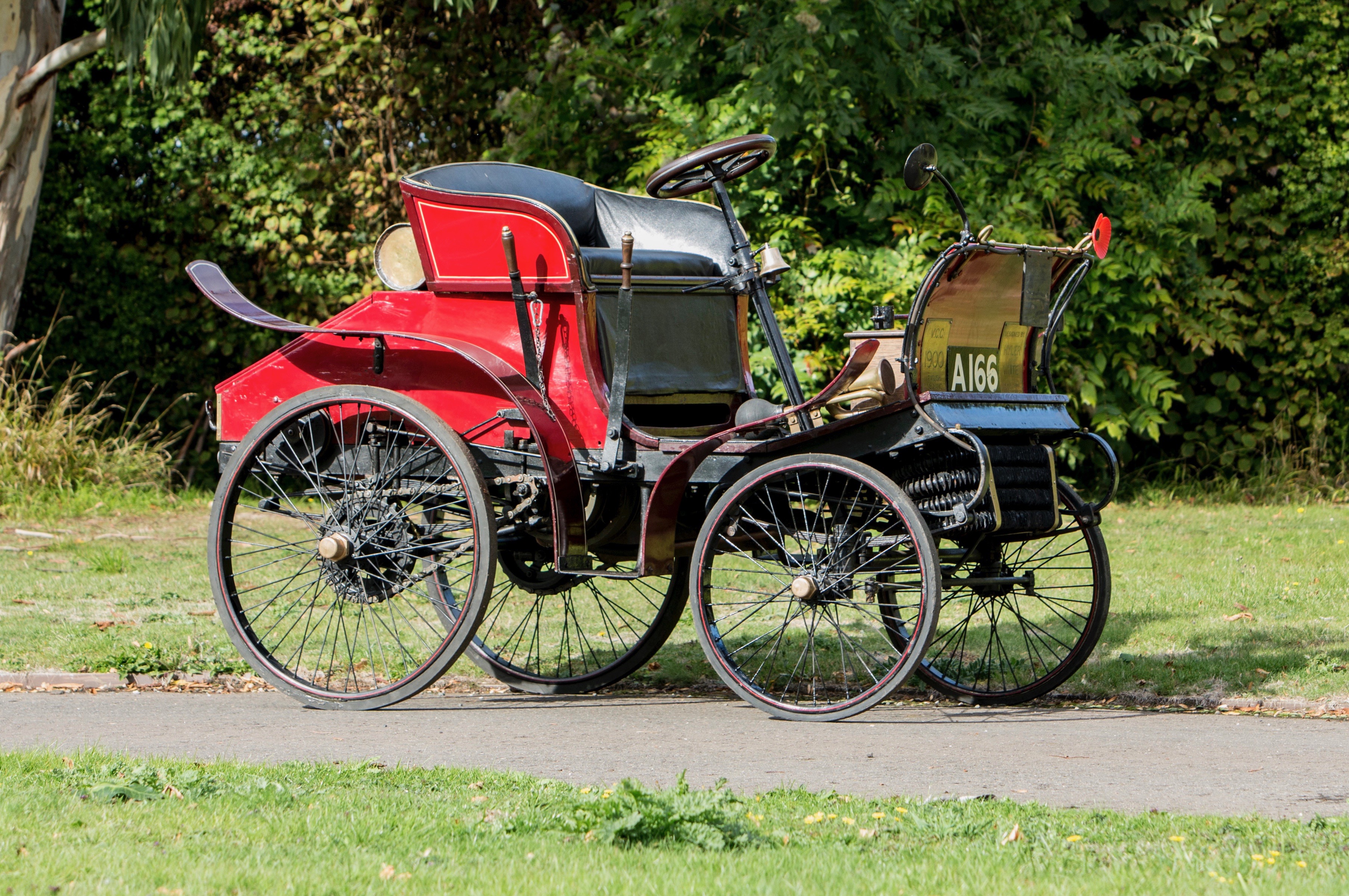
 By following the directions in a 31-week British magazine series, a car like this one could be built back in 1900 | Bonhams photo
By following the directions in a 31-week British magazine series, a car like this one could be built back in 1900 | Bonhams photo
English Mechanic — The Encyclopedia points out that English Mechanic wasn’t a real car company but rather a series of articles that ran from 1900-1913 in the magazine The English Mechanic and World of Science & Art. In those articles, engineer T. Hylder-White detailed how to build your own motorcar. There is no record of how many people actually followed his directions, but at least 4 such cars are still in existence.
Everybody’s — We’re not sure everybody could afford an Everybody’s, but the 2-seat runabout was produced in St. Louis, Missouri, from 1907-1909.
Every Day — This was a Canadian brand produced from 1910-1912 in a factory that later produced fire engines.
Famous — This brand apparently did not live up to its name as Famous Manufacturing of East Chicago, Indiana, lasted only from 1908 to 1909. The company event changed its vehicle’s name from Famous to Famous Champion, “but this did not help sales,” the Encyclopedia reports.
Fitch — Racer-turned-auto and highway safety advocate (he created those water-filled, energy-absorbing barrels that have saved thousands of lives), John Fitch devised a series of modifications for the Chevrolet Corvair criticized by Ralph Nader. He also did mechanical and design modifications to the Oldsmobile Toronado and Pontiac Firebird.
RELATED: Vinnie Barbarino didn’t build a car, but Salvatore Barbarino did
Flirt — The Encyclopedia points out “there was nothing flirtatious about this car,” which was built in Turin, Italy, in 1913-1914. The brand took its name from the first letters of the Latin words Fortis Levis Juctunda Rapida Transeat (strong, light, cheerful, speedy, it goes), though apparently for only 2 years.
Frisbie — Marine-engine manufacturer Russell Frisbie founded the Frisbie Motor Co., in Connecticut in 1901 and produced cars into 1909. While Russell and his cars may not be widely remembered, a relative started a pie company in Bridgeport, Connecticut, and also loaned the family name to a toy that looked like an inverted pie plate that could be flung back and forth.
Frontenac — There were several auto-making companies named Frontenac, but the one on which we focus was based in Indianapolis and in operation from 1921-1924. What makes it special? It was headed by Louis Chevrolet after he and his brothers sold their family name to Billy Durant and his General Motors corporation.
This list gets us through the first of the Encyclopedia’s three volumes, so there’s more — much more — to come.
For GREAT deals on a new or used Chrysler, Dodge, Jeep or RAM check out Cabral CDJR TODAY!
